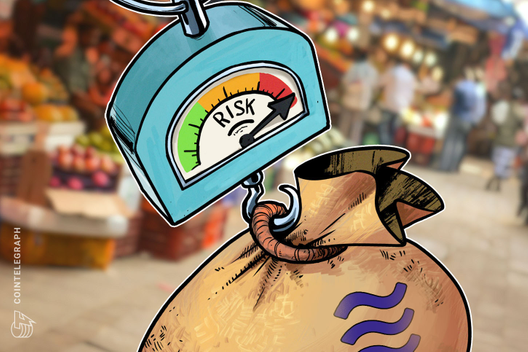ETH 2.0 Issuance Will Be 2 Million a Year at Most Says Vitalik
Ethereum token issuance will be greatly reduced with Ethereum 2.0 says Vitalik Buterin.
1916 Total views
52 Total shares

Ethereum co-founder Vitalik Buterin said that issuance on the Ethereum 2.0 upgrade will be drastically reduced in a podcast interview with POV Crypto called “Internet Money”. Discussing some of the differences between Bitcoin (BTC) and Ethereum (ETH), Buterin explained why the team chose Proof of Stake as the upgraded consensus mechanism:
“One of the reasons why we’re doing Proof of Stake is because we want to greatly reduce the issuance. So in the specs for ETH 2.0 I think we have put out a calculation that the theoretical maximum issuance would be something like 2 million a year if literally everyone participates.”
He said the current testnet participation sees around 100,000 ETH issued a year. The current Ethereum network has about 4.7 million ETH issued annually. Eth 2.0 issuance meanwhile is expected to be somewhere between 100,000 and 2 million a year, with the most likely scenario being that it will be much less than 2 million.
Burning to reduce supply
Buterin also mentioned that the total circulating supply could see a net reduction at times of high transaction volumes due to a portion of each fee being burnt. “There is this base fee parameter which the protocol charges” he said, explaining that when you send a transaction the transaction fee is broken into two parts — the first goes to the miner as a ‘tip’, while the other portion simply gets burnt.
Block size is the new variable
Another key upgrade to the Ethereum network is the adjustment of block sizes rather than fees in response to network activity. “Instead of having volatility in transaction fees, we have volatility in block size,” he said.
This will help reduce some of the issues users currently face such as difficulty in predicting a transaction’s optimal fee amount and excessive processing times.
Support for ETH 2.0 continues to grow
Support continues to grow for the testnet with news this week that a major mining pool run by OKEx will join the ETH 2.0 testnet Topaz as a validator. The testnet currently has 24,000 active validators and reached more than 20,000 validators in four days.









